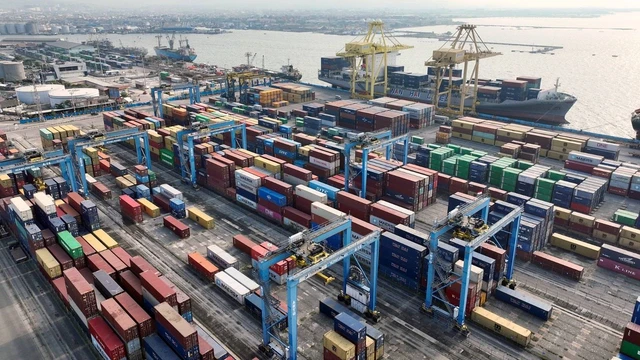Ready for Stricter Import Regulations: A Practical Guide for Indonesian Importers
In recent months, importers in Indonesia have experienced tighter regulations.
The government has enhanced monitoring, upgraded digital systems, and closed long-standing loopholes that caused revenue losses — from under-invoicing and HS code errors to non-compliant product standards.
With new policies such as Permendag 16/2025 and tighter supervision by Customs (DJBC), importers must now act more carefully to avoid extra costs or shipment rejections.
This transition isn’t entirely negative. It reflects Indonesia’s effort to build a more structured, modern, and secure trade ecosystem.
For importers, it means stronger internal systems and better preparation.
Here’s a practical guide to stay compliant, efficient, and ready amid fast-changing import rules.
1. Understand the New Regulatory Landscape
Three key trends to note:
-
Digital surveillance via INSW — now functioning as a central intelligence hub tracking export-import flows in real time, detecting data mismatches, undervaluation, and incomplete permits.
-
Cluster-based regulation (Permendag 16/2025) — every commodity now has specific rules for PI, LS, SNI, and other restrictions.
-
Stricter product standards — mandatory SNI, halal certification, and tighter BPOM oversight for food, drugs, cosmetics, and supplements.
In short: “Ship first, fix later” no longer works. Everything must be ready before arrival.
2. Ensure Importer Legality Is 100% Ready
Simple but crucial steps:
-
Maintain valid API-U or API-P aligned with your business scope.
-
Ensure NIK and company data are consistent across OSS, INSW, and DJBC.
-
Assign the correct HS code — it defines all obligations: tariff, tax, PI, SNI, and even anti-dumping risk.
A wrong HS code is a leading cause of import delays and unexpected costs.
3. Verify Product Eligibility Before Ordering
Before issuing a PO, check the following:
A. Restricted goods? Review lartas lists in Permendag 16/2025 and related regulations (Kemenperin, BPOM, Kementan, Kominfo).
B. SNI requirements? Some products require factory audits, accredited lab tests, and certificate uploads to INSW.
C. Halal, BPOM, or technical licenses? Food, cosmetics, supplements, telecom equipment, and medical devices face strict controls.
Rule of thumb: Verify first, import later.
4. Close Gaps in Customs Compliance
Customs (DJBC) now checks:
-
Consistency between invoice, packing list, BL/AWB, and COO
-
Declared customs value accuracy
-
Product origin (FTA or non-FTA)
-
Permit alignment with HS codes
Minor mismatches in weight, quantity, or description can trigger red lane, physical inspections, or valuation adjustments.
Importers must retain proof such as contracts, payments, and communications with suppliers.
5. Control Import Costs — No More Surprises
Calculate all cost components:
-
Duties, VAT, and Income Tax (PPh 22)
-
Demurrage/detention and storage fees
-
Physical inspection and surveyor charges
-
Certification costs (SNI, BPOM, Halal)
-
Freight and handling
Leverage FTA benefits (ACFTA, AJCEP, IA-CEPA, RCEP) with valid Certificates of Origin (CO).
Complete documents = faster clearance = lower cost.
6. Manage Risks Proactively
Successful importers are proactive, not reactive.
-
Perform supplier due diligence
-
Conduct pre-shipment inspections for high-value goods
-
Keep digital archives for at least 5 years
-
Insure cargo for loss or damage
-
Plan contingencies for delays or rejection
Engaging regularly with official agencies (DJBC, Kemenperin, Kadin, associations) helps anticipate regulatory shifts.
Conclusion
Stricter rules don’t mean harder trade — they reward preparation, documentation, and understanding.
Importers with end-to-end compliance systems — from PO to post-clearance — will enjoy smoother, faster, and safer operations.
Explore more practical guides and insights on customs, supply chain, and PLB at TCI Blog.
